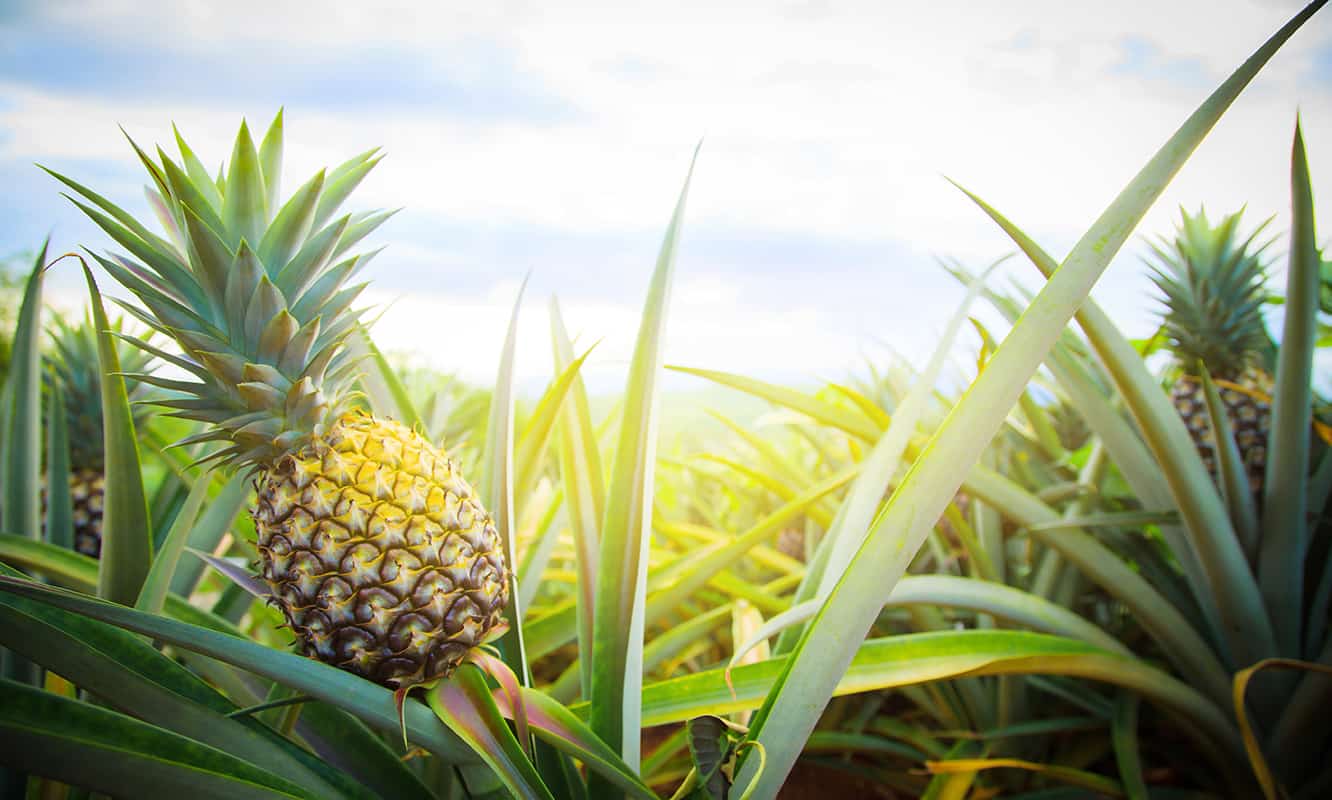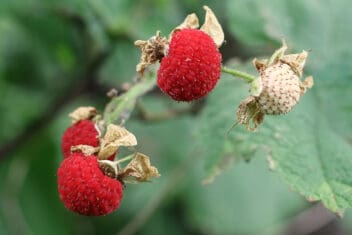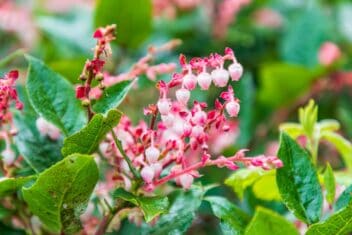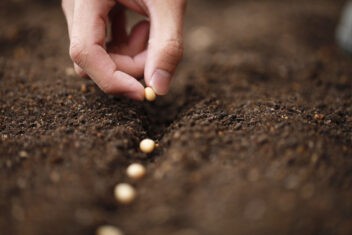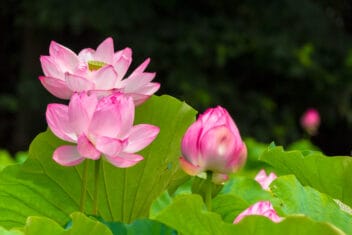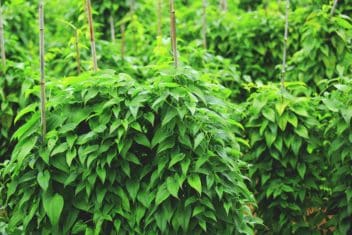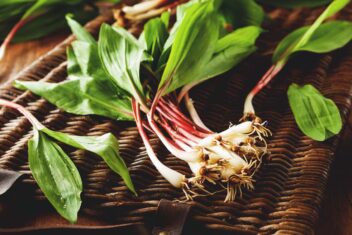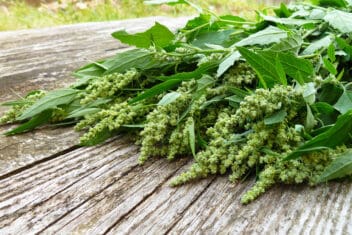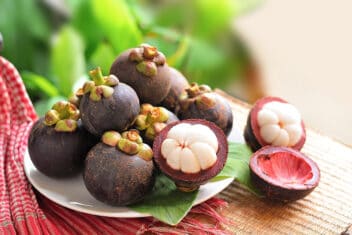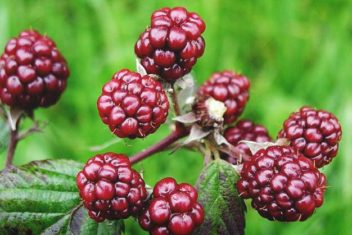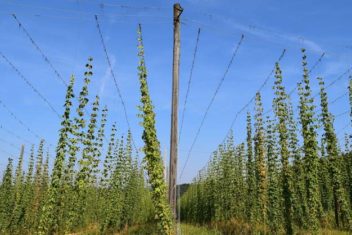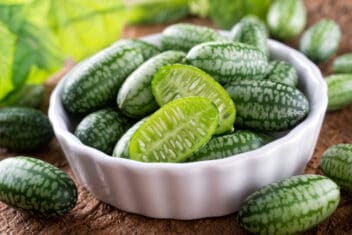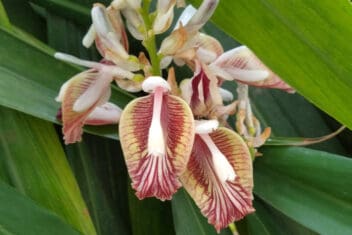Believe it or not, growing pineapples isn’t as challenging as you might think, and you can grow them almost anywhere.
Most people assume that growing pineapples must be left to those who live in subtropical regions, but it’s one of the few tropical plants that also grow well indoors and in containers.
Of course, the best results come from growing them outdoors in a place that is warm and sunny year-round. But if you want to give pineapple gardening a try, don’t let a little thing like the wrong climate put you off.
Pineapple Plant Basics
Before you try growing these fruits, you should know some basic information about them.
The pineapple plant is a bromeliad, and it needs to be grown in similar conditions to others in the same family.
When they start to mature, bromeliad plants send up a flower spike. In pineapples, the fruit grows at the end of the spike.
You might not know this, but a pineapple fruit is actually a blend of the plant’s many flowers and berries, joining together to create a single fruit.
The plants reproduce by sending out pups, also known as shoots or suckers, from between the leaves, which will form an entirely new plant.
Each plant only forms one fruit before dying.
Planting Pineapples
Pineapples are an exotic fruit; they’re a tropical, perennial that typically grows to 5 feet tall and 3 feet wide in USDA Zones 10-11.
Since they’re a tropical plant, you might have guessed that they require a lot of sunlight. You need a spot that receives 6-8 hours of sunlight at a minimum.
Pineapples will grow in partial shade, but it’s not ideal.
Next, take a look at the soil. You don’t want them planted in an area that tends to be soggy or that always has standing water. Well-draining soil is a must.
In general, pineapple plants aren’t considered picky. They can grow in high-quality or low-quality soil (and anything in between), but they do best if you incorporate compost into the earth before planting.
Doing so offers multiple benefits. Compost helps to increase the drainage as a soil amendment. At the same time, it’s a good way to feed your plants. You won’t have to worry about fertilizing soon after planting.
Putting Suckers or Tops in the Ground
When you’re ready to get started, you can either use the tops of store-bought pineapples or get a slip or a sucker.
Also known as a pup, you can purchase or beg one of them off of a friend who is growing pineapples.
If you decide to use the top of a store-bought pineapple, you have to remove all of the fruit pulp and the small, bottom leaves. You also need to remove the small leaves from the bottom of the suckers as well. Just pull them off.
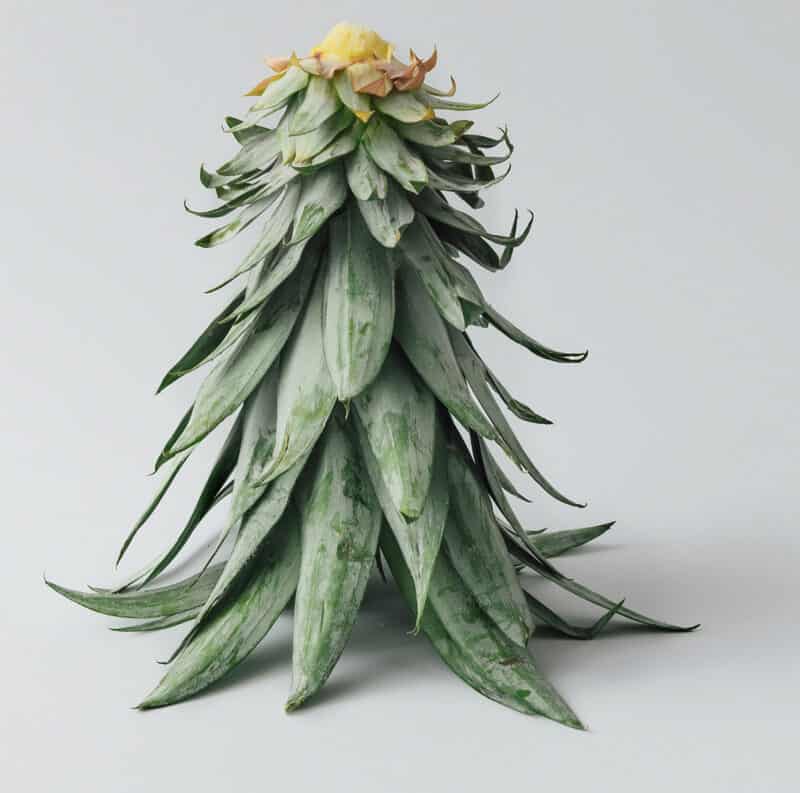
Dig a hole in your garden or containers – wherever you want to plant – and put the top or sucker into the hole. The top leaves should stick out and just the base should be buried.
Once in the hole, fill in with soil around the base, pressing down to make it firm. Give the plant a good soak of water.
When you’re growing more than one pineapple, each one needs at least one foot between them, but if you can expand that to 2 feet, that’s ideal.
Growing Pineapples in Containers
For those with the right climate, planting your pineapples outside is ideal. But with enough sunlight, they can grow anywhere, even indoors.
If you don’t live in a warm enough climate, pineapples make an excellent container plant.
Pick a container that has a lot of drainage holes to avoid standing water. Fill a 8-inch or larger pot with light potting soil that is a 30% blend of organic matter. That should add the right blend of nutrients for your plant.
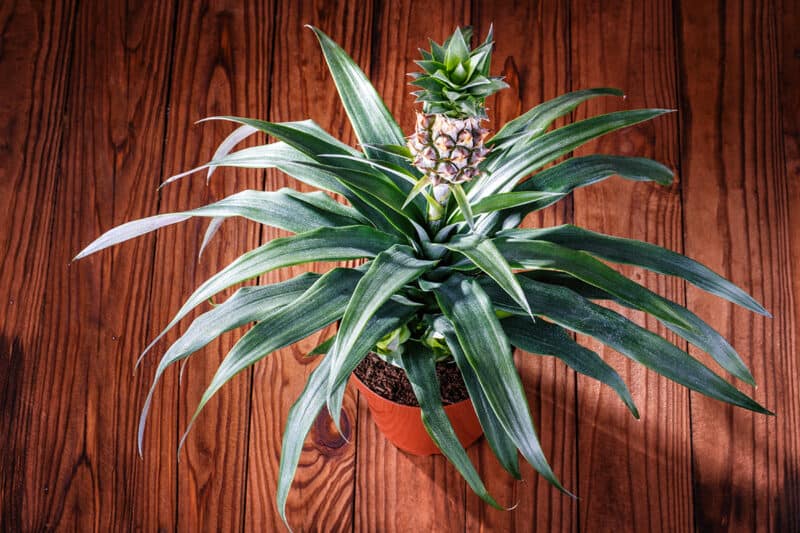
Why should you grow your plant in a container? If you planted tops, it can take up to three years for fruits to mature, so unless you live in a tropical area, you’ll need to move your plant inside during the winter.
As long as you can give it enough sun, you can grow pineapple indoors year-round. They make really cool houseplants.
Caring for Pineapple Plants
Once planted, there really is little that needs to be done. They are one of the easiest plants to grow; you can nearly plant it and forget about it.
Watering Needs
One of the nice things about growing pineapples is that they’re fairly drought tolerant; they live without much water. If you live in an area prone to droughts or typically forget to water your garden, you’ll appreciate this plant.
Add a layer of mulch to help reduce evaporation. If you live in an area that has a lot of rain, make sure the container or area you planted has tons of drainage.
When to Fertilize
The first several months after planting, there’s no need to fertilize your plants. Then, you can add a liquid fertilizer. Fish emulsion or seaweed extract are two excellent choices.
Dilute the fertilizer and use a watering can to apply it to the soil. You don’t want to use concentrated fertilizers because they will burn your plant.
Bring Them Inside
These plants are no match for frost. You need to move the plant inside before the weather turns cold.
If you planned ahead and are growing your pineapple in a container, just carry and put it somewhere indoors where it will get at least 8 hours of light. If necessary, you can give it supplemental grow light.
Did you plant outdoors in the ground but you are expecting a cold snap? No worries. Pineapples have extremely small and shallow root systems.
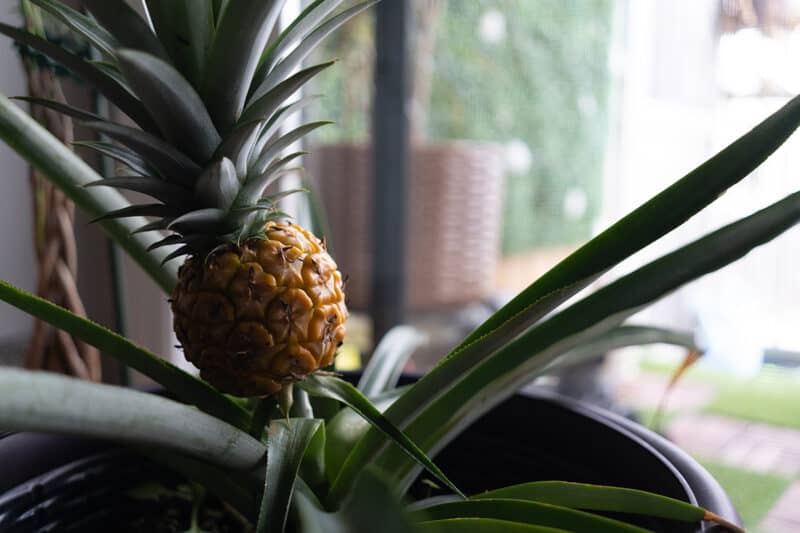
That means you can dig them up and plant them in a container and then move them back outdoors when the right weather returns.
Pests & Diseases That Bother Pineapples
Pineapples aren’t the most susceptible plant when compared to other plants, but there are some pests and diseases you should remember.
Bacterial Heart Rot
If you have this disease, you’ll find water-soaked lesions on the white basal sections of the leaves. The mid-portions of the leaves will turn olive green in color. Eventually, cavities form within the fruit.
This bacterial infection is carried through the juices of the fruit. The bacteria can enter through wounds. The best thing to do is to remove and destroy infected plants.
Don’t use infected crowns to start new plants to prevent the spread of any disease.
Black Rot
This fungal disease infects the leaves, crown, and fruits of the plant. Initially, you might see small, wet spots that develop on the foliage. Over time, the spots enlarge and turn grey-brown.
It can also get into the fruit and rot it from the inside before you know anything is wrong.
This fungus lives in the soil, infecting plants that have wounds, so use care not to damage plants as you work with them.
Make sure you have good air circulation around your plants and excellent soil drainage to help avoid it.
Mealybug Wilt
You’ll know that you have mealybug wilt if the leaves start turning red or pink. The tips of the leaves may also become withered, turning brown, and the plants may be pulled easily from the soil as the roots deteriorate.
Mealybug wilt is a virus transmitted by – you guessed it – mealybugs. The most important thing to do is to control the populations because they can reach deadly proportions if left unchecked.
Pineapple Mealybug
These pests look like flattened ovals or round discs that are covered in a waxy, fuzzy substance. They leave behind a sticky substance called honeydew that can attract ants as well.
On top of that, honeydew can attract sooty mold, opening a whole other set of problems. They also cause wilt (see above).
Mealybugs can be controlled by introducing natural predators. One predator is the lady beetle. Watch the ants on your plants as well; they can become a serious problem because they work hand-in-hand with mealybugs.
If they get out of control, use a neem-based pesticide to rein them in.
Harvesting Pineapples
Pineapple plants grow slowly – you need a lot of patience while you wait for a harvest. After a year, you’ll notice some growth in your plants, but it can take 2-3 years for the plants to produce fruits.
The fruit forms in the center of plant. It looks strange at first, with a large, bright red and yellow flower. Over time – a lot of time – the flower turns into a pineapple fruit.
You have to let the pineapples ripen on the plant; it makes them taste better that way. If you’re patient, you’ll find homegrown pineapples taste way better than store-bought ones.
How do you know when it’s time? The outside skin starts to turn from brown to yellow. That’s when you should cut through the stalk that supports the pineapple and dig in.
Try pineapple coated in a sprinkle of brown sugar and grilled on the barbecue. It’s addictively delicious.
